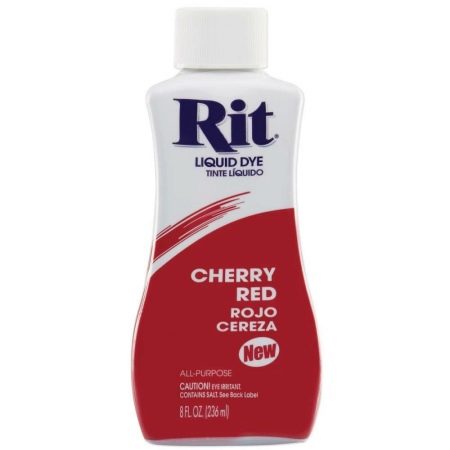Overview of dyes for synthetic fabrics and their application

An overview of dyes for synthetic fabrics, their applications and types allows you to make the right decision. The dyeing of fabric at home has its own peculiarities. You will also need to deal with black spray paint in cans and other options.


Views
A lot of people need to use paints for synthetic fabrics. The problem here is the limited availability of typical formulations. Aniline dye is suitable for natural fabrics, mixed fabrics, fur and wool. However, it does not stick to lavsan and nitron. It will not work to paint the matter with both natural compounds and acrylic mixtures.

Liquid and solid coloring preparations often go to the rescue. But they are most useful in industrial color change. For domestic conditions, aerosol paint in cans is much more practical. Solid compositions can be presented:
- powders;
- pastes;
- crystalline mixtures.


The aqueous preparations are suitable for screen printing. They are used on both synthetic and natural fabrics. When decorating, the effect of the original silkscreen is obtained. Heat treatment (most often ironing) helps to make it difficult to wash off the applied image.
Silkscreen ink cannot contain even a small amount of PVC.

Top manufacturers
Dylon paint is in demand. This product is used in various countries and is ideal for hand dyeing. If you follow the company instructions, you can get the desired color without problems. Boiling is not required during operation.The dye is suitable even for fabric cuts, fixing the color is achieved by rinsing in cold water with the addition of vinegar (at a concentration of 50%).

Javana paint suitable for creating patterns not only on synthetics, but also on silk. Users have a choice: create a drawing immediately or prepare its outline (for further coloring). For work, this mixture is presented in the form of an aerosol or liquid applied to a sponge. Fixation of durability is achieved by processing with a heated iron. Ironing should be done from the wrong side for a maximum of 3 minutes.

Painting textiles and airbrushing will help Jacquard reagent... The base part of the reagent is acrylic.
This paint is applied uniformly and impregnates the fabric to a great depth. It does not differ in any toxicity. Jacquard comes in a wide variety of colors.

IDye Poly Model suitable even for purely synthetic fabrics. It can handle tricky fabrics such as nylon and polyester. The dye is suitable even for some types of plastic. The lighter shade is required, the less saturated the solution should be. This drug forms:
- yellow;
- Irish green;
- orange;
- red;
- purple;
- blue;
- black color (these are not all possible options).

An alternative is Batik-Acryl dye. It comes in 25 color variations, of which 9 have a fluorescent effect. Fixation of the applied image is achieved after ironing. "Batik-acryl" makes the treated fabric denser and does not deteriorate after a large number of washes. True, you won't be able to store this paint for a long time.

Decola dye also suitable for applying fluorescent patterns. He also has pearlescent options. This paint is quite thick and can be applied without any problems. After many washes, the richness of the color is not lost. There is no smell, the paint can be diluted with water, however, after the expiration date, its quality deteriorates sharply.

Finally, consider the RIT paint. It is excellent for textiles based on polyester and acetate, as well as mixtures thereof. The toxic effect of RIT DyeMore is completely absent. The marketable form of the drug is ideal for home use.
You can mix different options, getting the original colors, while the main types are:
- sand;
- red auto racing;
- graphite;
- maximum pink;
- gray-frosty;
- brown-chocolate color;
- sapphire blue tone;
- pale yellow color.

Dyeing fabric at home
The procedure for dyeing synthetics is more complicated than working with ordinary natural fabric. We need to prepare as carefully as possible in order to exclude even small mistakes. Things are thoroughly washed and cleaned before painting, even the smallest stain can ruin the result. Dissolve the dye in boiling water.
We must not forget about the use of a fixing composition (if the technology provides for it). Boiling usually (unless the instruction says otherwise) lasts 30 minutes on a low flame. After staining, the synthetic fabric must be rinsed. Drying is carried out strictly in the fresh air.

Any decorative ornaments should be disposed of in advance. The accuracy of setting the proportions is achieved only with scrupulous weighing of textiles.
If possible, you should take a container of limited size, steel with an enamel coating. It is more correct to dilute paints not in plain water, but in vinegar water. The dye must be stirred thoroughly so that even minor lumps do not remain. Synthetics are dyed after cooling the water to 45 degrees. The fabric is straightened so that the active ingredient reaches even the deepest areas, seams and pockets.









